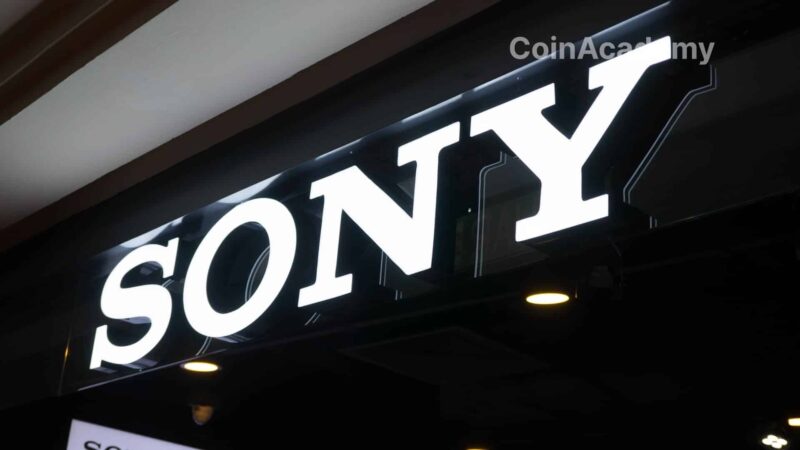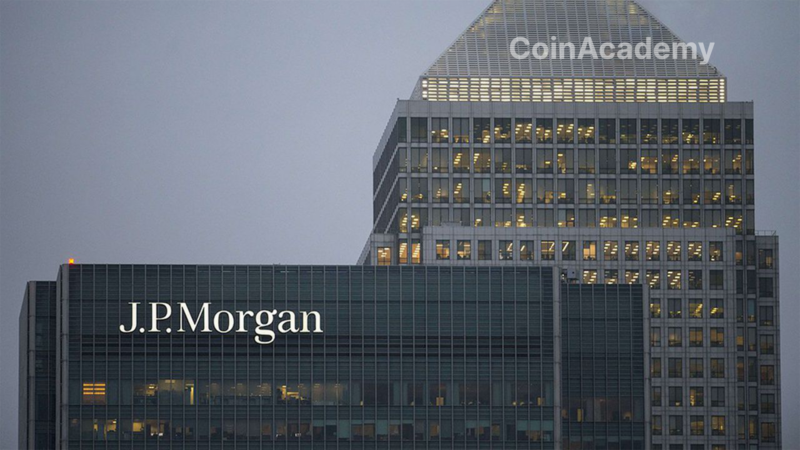Hyperliquid unleashes HIP-3 ‘Growth Mode’ with fees reduced by up to ten times for new markets, offering near-frictionless access to permissionless trading.
Des frais qui chutent, une compétition qui s’ouvre
The headline hits hard: taker fees for new markets drop from 0.045% to 0.0045%-0.009%. And that’s just the ‘normal’ level. For top-tier traders with high stakes and massive volume, the bill goes even lower, down to 0.00144%-0.00288%. In other words, fees so low they become almost invisible.
For a novice investor, it’s simple: Hyperliquid has just made the entry cost ten times lighter, an advantage that even the biggest centralized exchanges struggle to match. Less friction, more volume, more players able to launch their own markets.
HIP-3 flips the script: any deployer can activate this ‘Growth’ mode on a market they create, without approval, committee, or filter. The goal is clear: open the doors and let the ecosystem self-accelerate.
Une mécanique pensée pour l’expansion contrôlée
To prevent chaos, Hyperliquid imposes several safeguards. New markets must not overlap with an already operated perpetual. No reproducing a duplicate version of BTC, a crypto index, or an existing asset. The aim is to avoid ‘volume cannibalization’ and encourage genuinely innovative assets.
Another shaping rule: once ‘Growth mode’ is activated for a market, parameters remain locked for thirty days. This freeze protects traders from opportunistic or unstable adjustments, while ensuring a certain liquidity continuity.
The fee scale, the portion of fees the deployer keeps, must stay between 0 and 1, allowing room to experiment with economic models while maintaining system coherence.
Un coup d’accélérateur qui enflamme le marché
In the crypto communities, the announcement immediately sparked reactions. Many see HIP-3 as a direct competitive weapon against centralized exchanges: lower costs, more diverse markets, unbeatable deployment speed.
Some are already envisioning a flood of exotic markets, tokenized real assets, atypical commodities, yield products, synthetic treasuries. In short, everything validators would never have launched themselves.
Hyperliquid is sending a strong signal here: the future of derivative trading could very well unfold on entirely permissionless rails, with microscopic fees and unbridled innovation. Meanwhile, HYPE, the protocol’s token, holds steady around $38, amidst a bloody market.
The race for new markets is just beginning.




